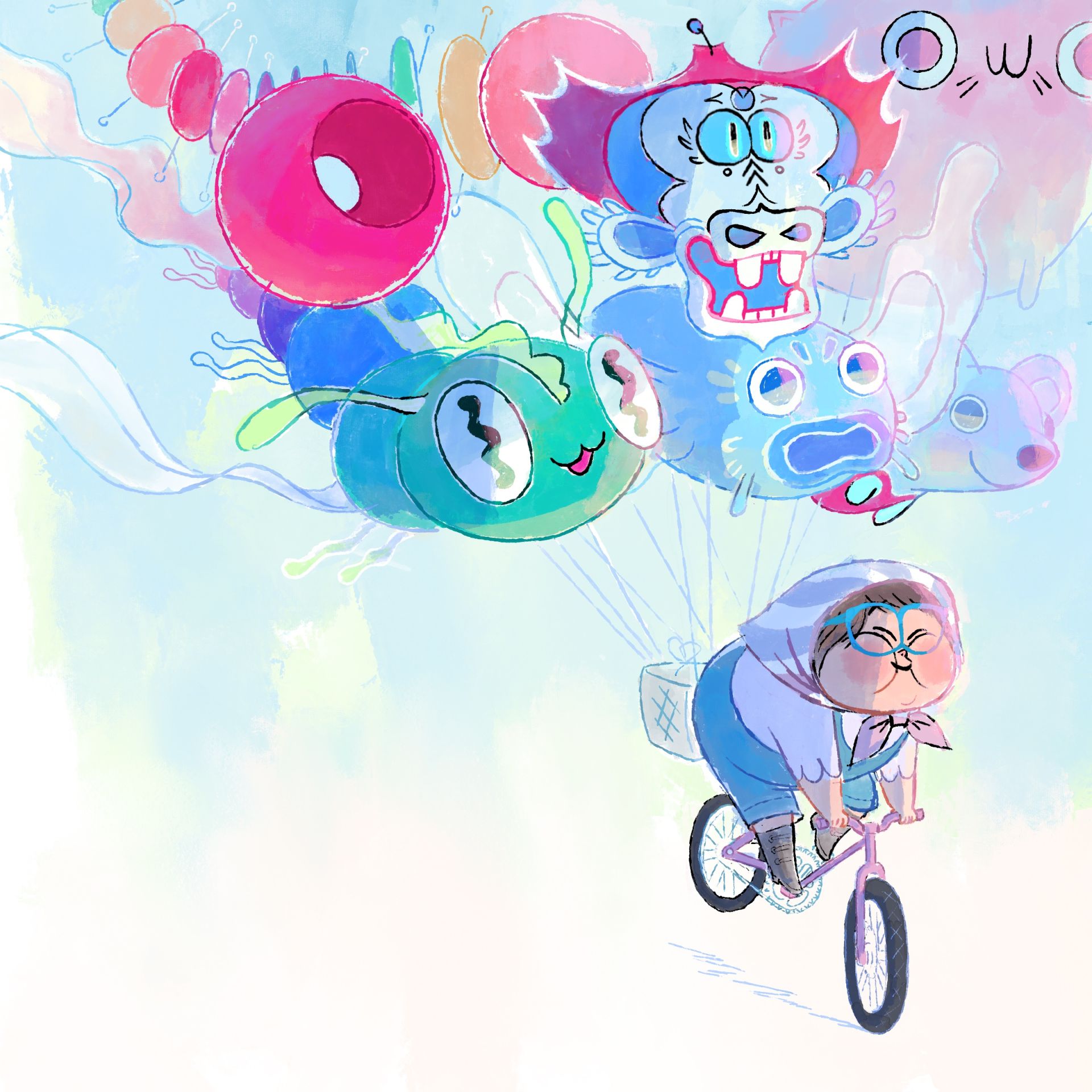Painting Emotions with Pixels

The Basics of Color Theory
At its core, color theory is the study of how colors interact with each other and the human eye. The three primary colors – red, blue, and yellow – form the foundation of color theory. Combining these primary colors produces secondary colors: orange, green, and purple. By understanding how colors harmonize and contrast, artists can create visually engaging and emotionally evocative artwork.
Color Harmony and Schemes
Color harmony refers to the pleasing arrangement of colors in an artwork. Complementary colors, which are opposite each other on the color wheel, create vibrant and striking contrasts. Analogous colors, which are adjacent to each other on the color wheel, produce harmonious and serene compositions. Triadic color schemes utilize three equidistant colors on the color wheel to create dynamic and balanced designs. Understanding these color schemes allows artists to orchestrate captivating color harmonies that draw viewers into their digital worlds.
Temperature and Emotional Impact
Colors possess inherent temperatures that evoke specific emotions. Warm colors like red, orange, and yellow exude energy, passion, and excitement, while cool colors like blue, green, and purple evoke calmness, serenity, and introspection. Artists can use these temperature distinctions strategically to imbue their digital artwork with desired emotional impacts. For instance, warm colors might be employed for lively and dramatic scenes, while cool colors may be used to convey a sense of tranquility or mystery.
Color in Lighting and Shadows
Understanding how light affects colors is crucial for creating realistic digital art. Light sources can alter colors' appearance, with warmer light intensifying warm colors and cooler light emphasizing cool colors. Shadows, too, play a significant role in color manipulation. Shadows are not simply black or gray; they carry undertones of the dominant light source and surrounding colors. Incorporating accurate lighting and shadows into digital art adds depth and realism, enhancing the overall visual impact.
Emotional Associations of Colors
Colors are intrinsically linked to emotions and cultural associations. For instance, red is often associated with love, passion, and energy, while blue is related to calmness and reliability. Understanding these emotional associations enables artists to use color strategically to convey specific messages and resonate with their audience on a deeper level. Be mindful of cultural contexts as well, as color symbolism may vary across different regions and societies.
At its core, color theory is the study of how colors interact with each other and the human eye. The three primary colors – red, blue, and yellow – form the foundation of color theory. Combining these primary colors produces secondary colors: orange, green, and purple. By understanding how colors harmonize and contrast, artists can create visually engaging and emotionally evocative artwork.
Color Harmony and Schemes
Color harmony refers to the pleasing arrangement of colors in an artwork. Complementary colors, which are opposite each other on the color wheel, create vibrant and striking contrasts. Analogous colors, which are adjacent to each other on the color wheel, produce harmonious and serene compositions. Triadic color schemes utilize three equidistant colors on the color wheel to create dynamic and balanced designs. Understanding these color schemes allows artists to orchestrate captivating color harmonies that draw viewers into their digital worlds.
Temperature and Emotional Impact
Colors possess inherent temperatures that evoke specific emotions. Warm colors like red, orange, and yellow exude energy, passion, and excitement, while cool colors like blue, green, and purple evoke calmness, serenity, and introspection. Artists can use these temperature distinctions strategically to imbue their digital artwork with desired emotional impacts. For instance, warm colors might be employed for lively and dramatic scenes, while cool colors may be used to convey a sense of tranquility or mystery.
Color in Lighting and Shadows
Understanding how light affects colors is crucial for creating realistic digital art. Light sources can alter colors' appearance, with warmer light intensifying warm colors and cooler light emphasizing cool colors. Shadows, too, play a significant role in color manipulation. Shadows are not simply black or gray; they carry undertones of the dominant light source and surrounding colors. Incorporating accurate lighting and shadows into digital art adds depth and realism, enhancing the overall visual impact.
Emotional Associations of Colors
Colors are intrinsically linked to emotions and cultural associations. For instance, red is often associated with love, passion, and energy, while blue is related to calmness and reliability. Understanding these emotional associations enables artists to use color strategically to convey specific messages and resonate with their audience on a deeper level. Be mindful of cultural contexts as well, as color symbolism may vary across different regions and societies.
Mastering Digital Art Color Theory

Color theory is a powerful tool for digital artists seeking to communicate emotions and messages through their artwork. By grasping the fundamentals of color theory, artists can create captivating compositions, evoke specific emotions, and immerse viewers in captivating visual experiences.
Whether you're a beginner or an experienced digital artist, delving into the world of color theory will undoubtedly elevate your artistic practice and unlock new levels of creativity. As you explore the myriad possibilities of color, prepare to paint emotions with pixels and leave a lasting impression on your audience with your digital art masterpieces.
Whether you're a beginner or an experienced digital artist, delving into the world of color theory will undoubtedly elevate your artistic practice and unlock new levels of creativity. As you explore the myriad possibilities of color, prepare to paint emotions with pixels and leave a lasting impression on your audience with your digital art masterpieces.
